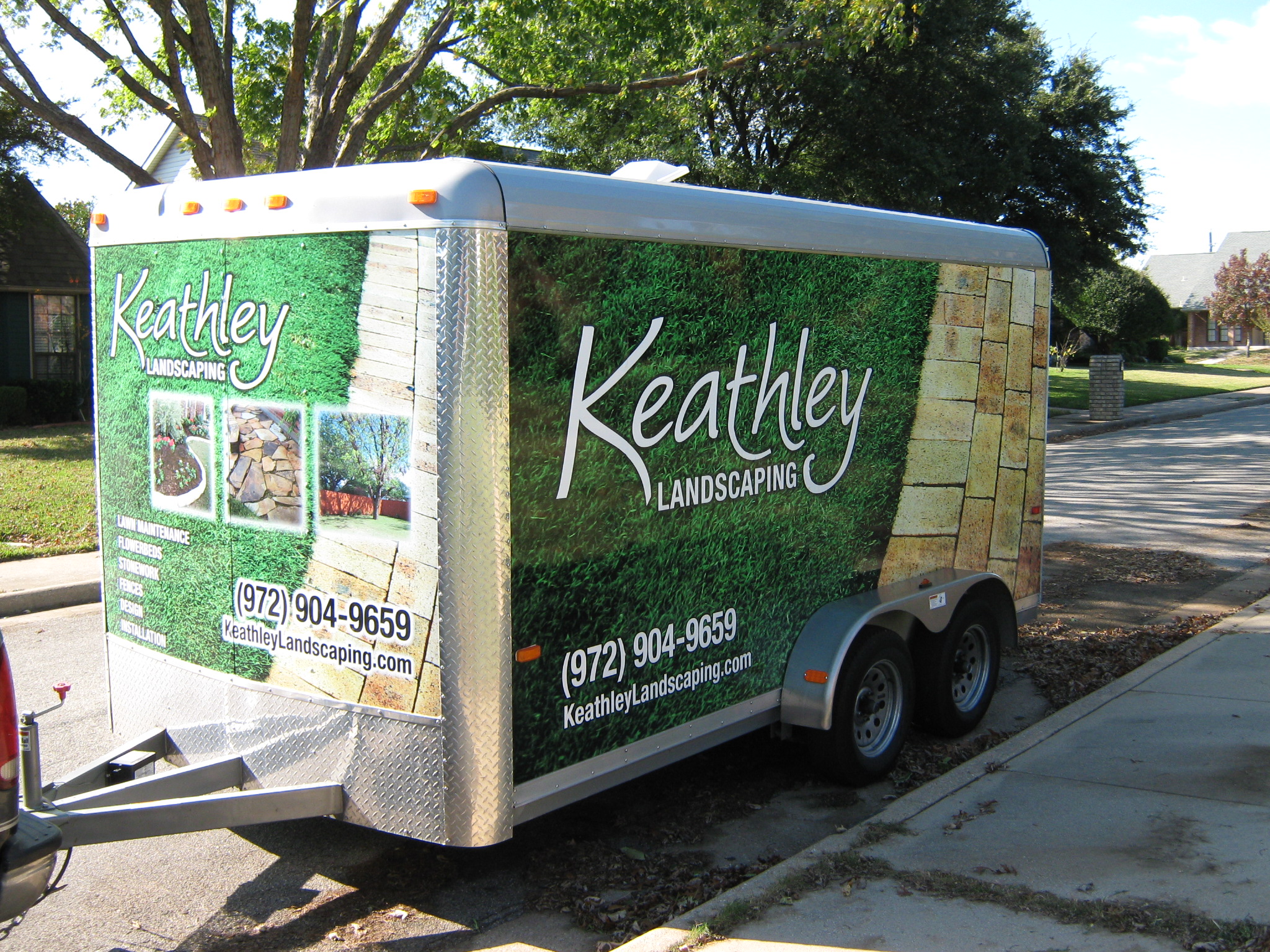The History and Evolution of Outdoor Lighting Technology
Outdoor lighting has transformed dramatically over the centuries, from simple torches to sophisticated smart lighting systems. This evolution has not only enhanced the aesthetic appeal of our outdoor spaces but also improved safety, security, and energy efficiency. In this blog post, we will delve into the fascinating history of outdoor lighting technology, explore its evolution, and discuss current trends and future possibilities.
The Earliest Forms of Outdoor Lighting
Outdoor lighting dates back to ancient civilizations, where the primary purpose was to provide visibility and security during nighttime. The earliest forms of outdoor lighting were likely fire-based, using torches and open flames. These firelight sources were limited in reach and safety but were indispensable for outdoor gatherings, ceremonies, and protection against wild animals.
The Advent of Gas Lighting
The introduction of gas lighting in the 19th century marked a significant advancement in outdoor lighting technology. Gas lamps were first used in streets and public spaces, offering more reliable and controllable lighting compared to open flames. By 1820, cities like London and Paris began installing gas lamps extensively, which improved urban life by extending commercial hours and reducing crime.
The Impact of Gas Street Lighting
The implementation of gas street lighting had profound social and economic effects. It fostered nighttime commerce and social activities, leading to the concept of the “city that never sleeps.” Historical records show that crime rates dropped significantly in areas with adequate street lighting, highlighting the importance of outdoor lighting in urban planning.
The Electric Lighting Revolution
Thomas Edison’s invention of the incandescent bulb in 1879 revolutionized lighting. Electric lighting quickly replaced gas lamps, offering a cleaner, safer, and more efficient source of light. The first electric streetlights were installed in Cleveland, Ohio, in 1879, paving the way for widespread adoption in cities worldwide.
LED Technology and its Impact
Light Emitting Diode (LED) technology, developed in the mid-20th century, has drastically improved outdoor lighting. LEDs are known for their energy efficiency, long lifespan, and versatility, making them ideal for a wide range of outdoor applications. According to the U.S. Department of Energy, LED lights use at least 75% less energy and last 25 times longer than incandescent lighting.
Modern Outdoor Lighting Innovations
Today, outdoor lighting has become an integral part of landscape design, with a focus on both functionality and aesthetics. Modern technology has introduced a variety of innovative solutions that cater to diverse needs and preferences.
Smart Lighting Systems
Smart lighting systems allow users to control outdoor lights remotely via smartphone apps or voice commands. These systems often include features such as dimming, scheduling, and integration with other smart home devices. Smart lighting not only enhances convenience but also contributes to energy savings by ensuring lights are used only when needed.
Solar-Powered Lighting
Solar-powered outdoor lighting has gained popularity due to its sustainability and cost-effectiveness. By harnessing solar energy, these lights operate independently of the electrical grid, making them an excellent choice for remote locations and eco-conscious homeowners. The global solar lighting market is expected to grow significantly, driven by an increasing demand for environmentally friendly solutions.
The Future of Outdoor Lighting
The future of outdoor lighting is bright, with ongoing research and development focused on further enhancing energy efficiency, connectivity, and user experience. Emerging technologies such as Li-Fi (Light Fidelity), which uses light waves to transmit data, could revolutionize outdoor lighting by integrating communication and illumination.
Actionable Tips for Choosing Outdoor Lighting
When selecting outdoor lighting for your home or business, consider the following tips:
- Assess your needs: Determine the primary purpose of your outdoor lighting, whether it’s for security, decoration, or both.
- Choose energy-efficient options: Opt for LED or solar-powered lights to reduce energy consumption and minimize environmental impact.
- Incorporate smart technology: Consider smart lighting systems for enhanced control and convenience.
- Focus on quality: Invest in durable, weather-resistant fixtures to withstand outdoor conditions and ensure longevity.
Conclusion
The history and evolution of outdoor lighting technology showcase humanity’s ingenuity and adaptability. From primitive torches to smart, energy-efficient systems, outdoor lighting has come a long way, enhancing our environments and lifestyles. As technology continues to advance, we can expect even more innovative solutions that combine functionality, aesthetics, and sustainability. By understanding the past and present of outdoor lighting, we can make informed choices that align with our needs and values.






































Recent Comments